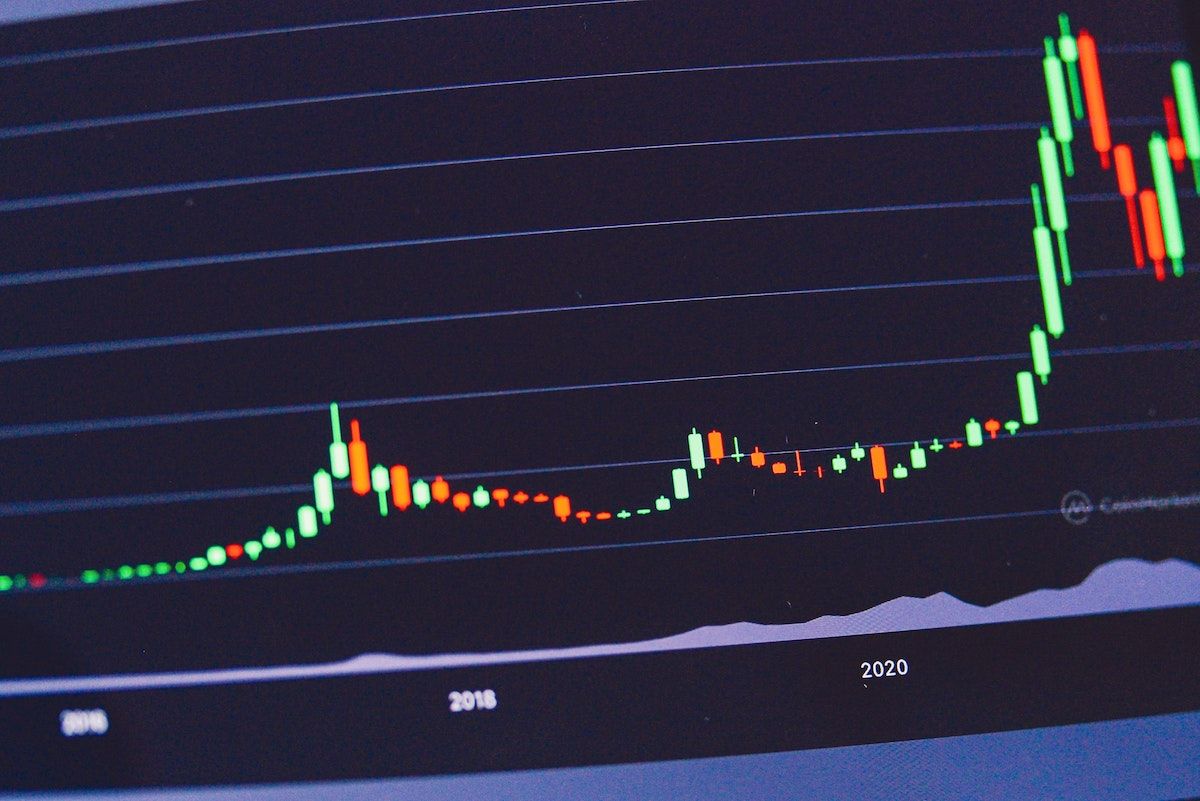The cryptocurrency market faces significant losses
The recent dip in the market
The cryptocurrency market, led by Ethereum (ETH) and Bitcoin (BTC), shed more than $500 billion in net valuation since Friday to hover about $3.16 trillion on Monday, February 3, during the early Asian session. This heavy deleveraging in the crypto market has left investors and traders reeling as they witness their portfolios plummet in value.
Understanding the reasons behind the drop
The sudden drop in cryptocurrency prices can be attributed to a variety of factors, including regulatory crackdowns, market volatility, and investor sentiment. The ongoing uncertainty surrounding the regulatory landscape for cryptocurrencies has created a sense of fear and hesitation among investors, leading to large sell-offs and a bearish market sentiment. Additionally, the highly speculative nature of the crypto market has made it particularly susceptible to sharp price fluctuations, further exacerbating the recent downturn.
While Bitcoin and Ethereum have traditionally been seen as the bellwethers of the cryptocurrency market, their recent losses have underscored the fragility of the entire ecosystem. As the market continues to grapple with these challenges, it is crucial for investors to exercise caution and carefully monitor their investments to mitigate potential risks.
How this affects individual investors
For individual investors, the recent dip in the cryptocurrency market serves as a stark reminder of the inherent risks associated with this asset class. Those who have heavily invested in cryptocurrencies may be facing significant losses as prices continue to plummet. It is essential for investors to assess their risk tolerance and reevaluate their investment strategies to navigate these turbulent market conditions.
Global implications of the cryptocurrency market downturn
The ripple effects of the cryptocurrency market downturn are not limited to individual investors. The broader financial landscape may also be impacted as governments and regulatory bodies scramble to address the challenges posed by this volatile asset class. The potential for widespread market disruption and economic instability looms large, underscoring the need for a coordinated and strategic response to mitigate any systemic risks.
Conclusion
As the cryptocurrency market grapples with significant losses, investors and stakeholders must remain vigilant and adaptable in the face of uncertainty. While the recent downturn may shake confidence in the short term, it also presents an opportunity for reflection and strategic planning to ensure the long-term sustainability of the crypto ecosystem.





